What is BSI?
Bone stress injuries (BSI’s) happen when a bone accumulates damage over a period of time through repetitive activities such as running or jumping. Repetitive stress on a bone is normal and an important part of maintaining and developing strong bones. However, when the stress on your bones exceeds levels that it can tolerate it can lead to injuries such as stress reactions or stress fractures.
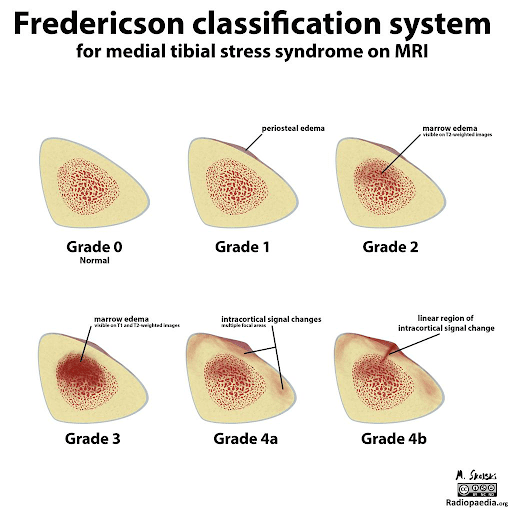
A common stress injury in runners is the medial tibial stress response or shin splints. There are varying degrees of severity, as shown in the classification system below. It can range from a mild periosteal reaction (grade 1-2), to more severe presentations like bone bruising underneath the surface of the bone (grade 3), which can eventually lead to a full fracture (grade 4).
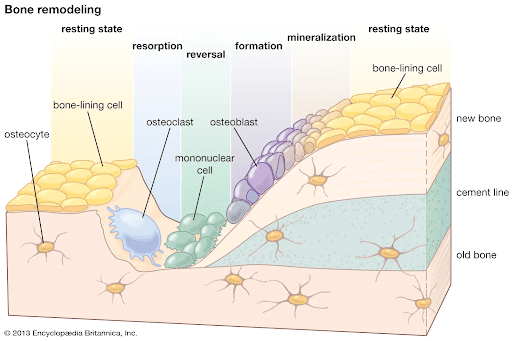
Understanding normal bone growth and remodeling.
Exercise, especially heavy lifting, or novel impact exercises stimulates bone growth. Our bone cells listen to this stimulus and trigger bone remodeling. In this process specific bone cells break down bone material and lay new tissue down in its place. This process of bone growth or remodeling takes around 12 weeks for any section of bone (1). This means that once we start exercises bone growth is slower than most other tissue remodeling, such as muscle (4 weeks), and tendons (6 weeks).
How does BSI happen in runners?
Bone stress injuries happen when there is a mismatch between training and recovery. More specifically if there is a rapid increase in training load/intensity with running or inadequate recovery e.g. poor nutrition, poor rest or other psychological or physical stresses. BSI’s can take 4-6 weeks to present themselves, and usually they are preceded with several weeks of soreness in the injured area. This is typically a sign of a worsening injury.
Running is a repetitive exercise, and unlike other multi-directional sports it may not be enough stimulus to progressively strengthen bone tissue.
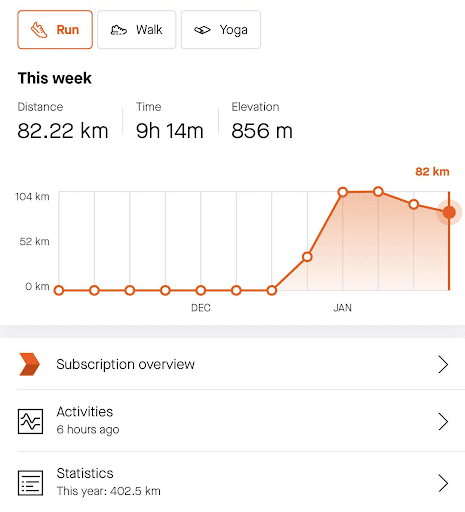
3 ways to prevent BSI in runners
1.Track your training load and adjust this based on how you feel
Keeping note of your weekly running distance is important, and it will help inform how to progress your running without any injuries. The average weekly run distance for 4 weeks is usually a rough indicator of what you can tolerate. That is, if you’ve been running 20km/week for the last 4 weeks, and you have little to no soreness, you can confidently say that you can tolerate this running volume. Usually you’d want to increase your running load by no more than 10% of this amount weekly. You can progress this more, or less depending on your training background, but this 10% is often the recommended amount.
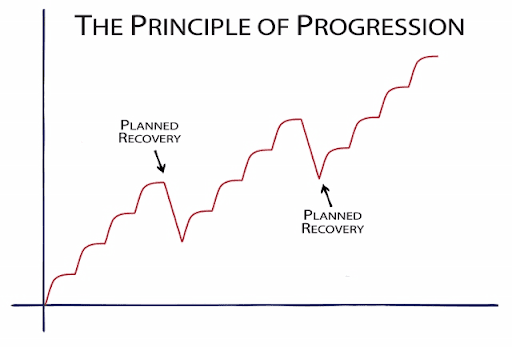
2.Take a break every 8 weeks
Bone’s need a stimulus to adapt to, and when you’re continuously doing the same training, your bone cells become deaf to running as a stimulus for change. Research has shown in animal models that periodize your training, so that you have complete rest from a training stimulus for a week can re-sensitise your bone tissue to that same training stimulus. Therefore, take complete rest from running every 6-8 weeks.
Furthermore, running is not ideal for building strong bone. As this systematic review by Warden S. et. al. explains: they lose 95% of their mechanosensitivity after only 20 back-to-back loading cycles and introducing additional cycles does not yield proportional adaptation (2).
3.Increase your volume then increase intensity.
Most stress injuries to your bone is due to poor load management. Therefore it pays to be cautious, and methodical when you’re first starting to train for a marathon, or just increasing your running volume. Increase how much you run before you begin to increase your running intensity e.g. interval sessions. Running intensity is far more taxing for your body’s tissues, than increasing the time of lower intensity work. It’s easier to allow your body to adapt to running volume, than it is running intensity.
If you are concerned that you may have a bone stress injury or would like further guidance on how to prevent them from occurring our physiotherapy or podiatry coaches would be happy to help.
Pranay Singh
PEAK Sports And Spine Centre Coach and Physiotherapist.
Hadjidakis DJ, Androulakis II. Bone remodeling. Ann N Y Acad Sci. 2006 Dec;1092:385-96. doi: 10.1196/annals.1365.035. PMID: 17308163.
Warden SJ, Edwards WB, Willy RW. Preventing Bone Stress Injuries in Runners with Optimal Workload. Curr Osteoporos Rep. 2021 Jun;19(3):298-307. doi: 10.1007/s11914-021-00666-y. Epub 2021 Feb 26. PMID: 33635519; PMCID: PMC8316280.
Let's get started — How can we help?
Physiotherapy
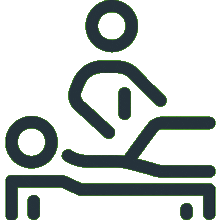
Chiropractic

Podiatry
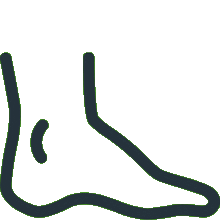
Massage Therapy

Women's Health Physiotherapy

Running Program Tailored To Your Goals

Joint Mobilisation

Active Release Technique

Exercise Prescription
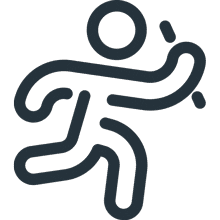
Real Time Ultrasound Imaging

Spinal Manipulation

Functional Movement Screen

Knee Pain Treatment

Hamstring Strain Treatment
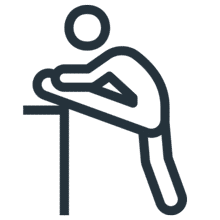
Hip Pain Treatment

Upper, Middle & Lower Back Pain

Neck Pain Treatment

Shoulder Pain & Rotator Cuff Tear

Can't find what you're after?
View all Services
Make an appointment
Or email the PEAK team at info@peakssc.com.au
Hawthorne
- Phone: (07) 3399 3318
- Fax: (07) 3319 6577
Address
5/171 Riding Road,Hawthorne, QLD, 4171 Get Directions
Opening Hours -
6 days per week
- Monday - Friday: 7:00 am - 8:00 pm
- Saturday: 7:00 am - 1:00 pm
To make a booking outside of business hours, please use our form by clicking here.
New Farm
- Phone: (07) 3399 4668
- Fax: (07) 3319 6577
Address
1/15 Lamington Street,New Farm, QLD, 4005 Get Directions
Opening Hours -
6 days per week
- Monday: 7:00 am - 8:00 pm
- Tuesday: 7:00 am - 8:00 pm
- Wednesday: 9:00 am - 8:00 pm
- Thursday: 10:00 am - 8:00 pm
- Friday: 7:00 am - 3:00 pm
- Saturday: 7:00 am - 3:00 pm
To make a booking outside of business hours, please use our form by clicking here.
